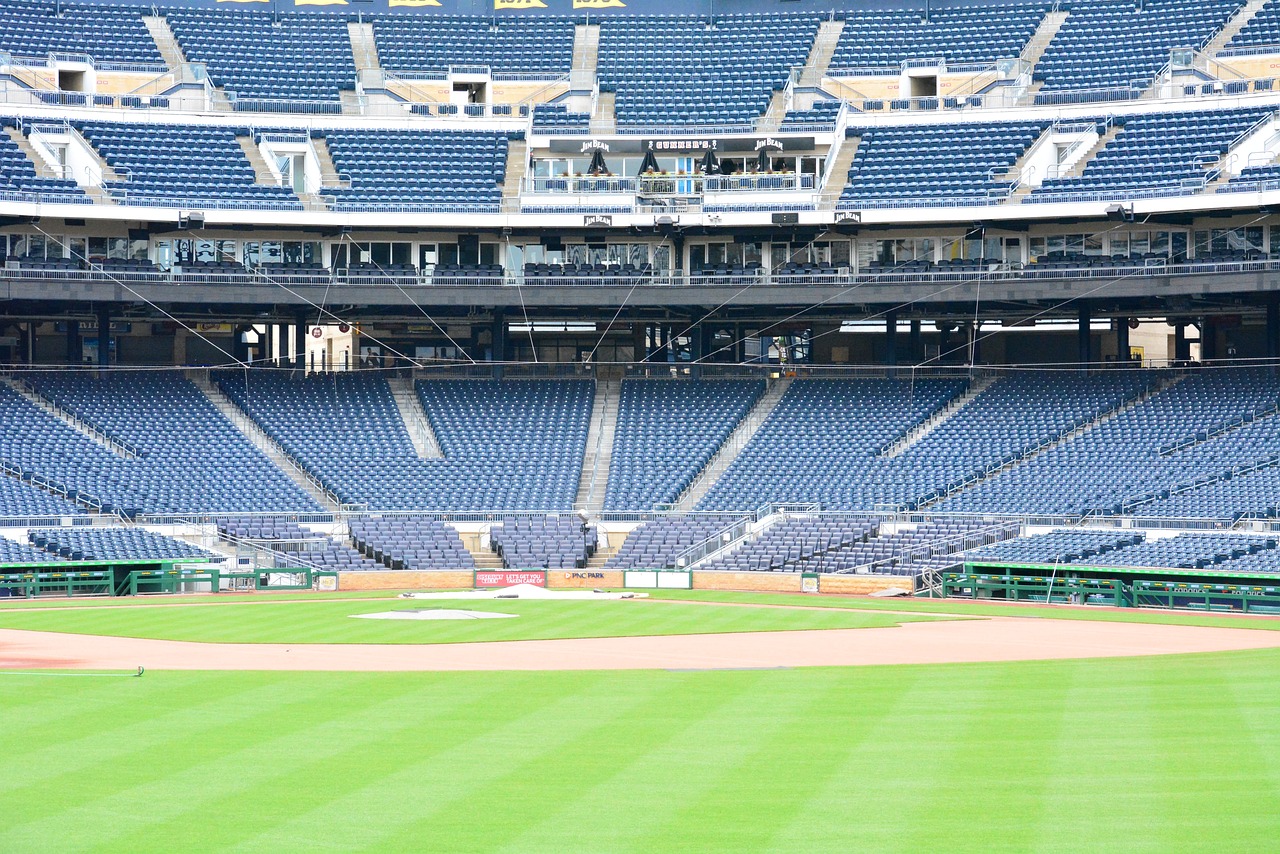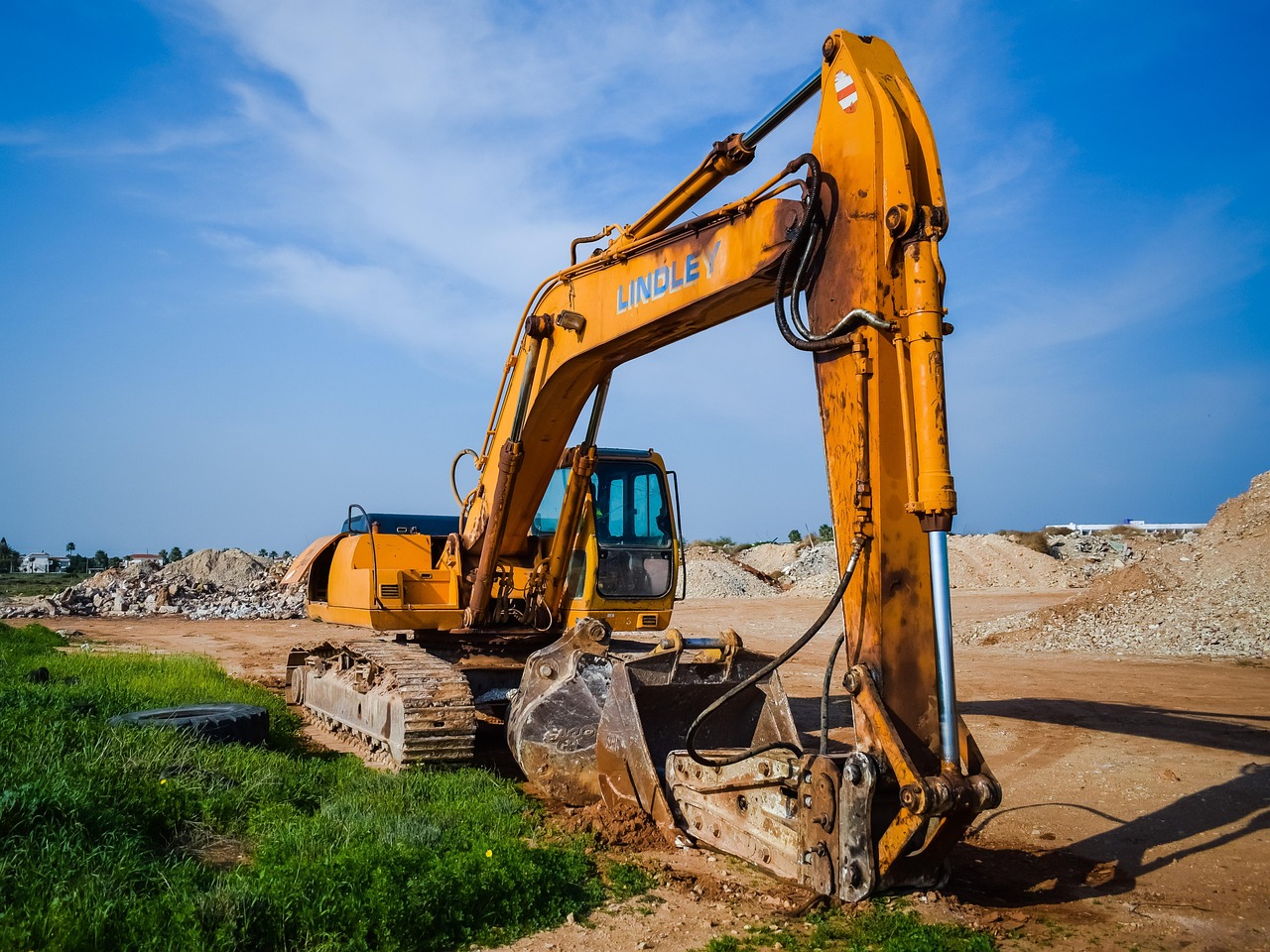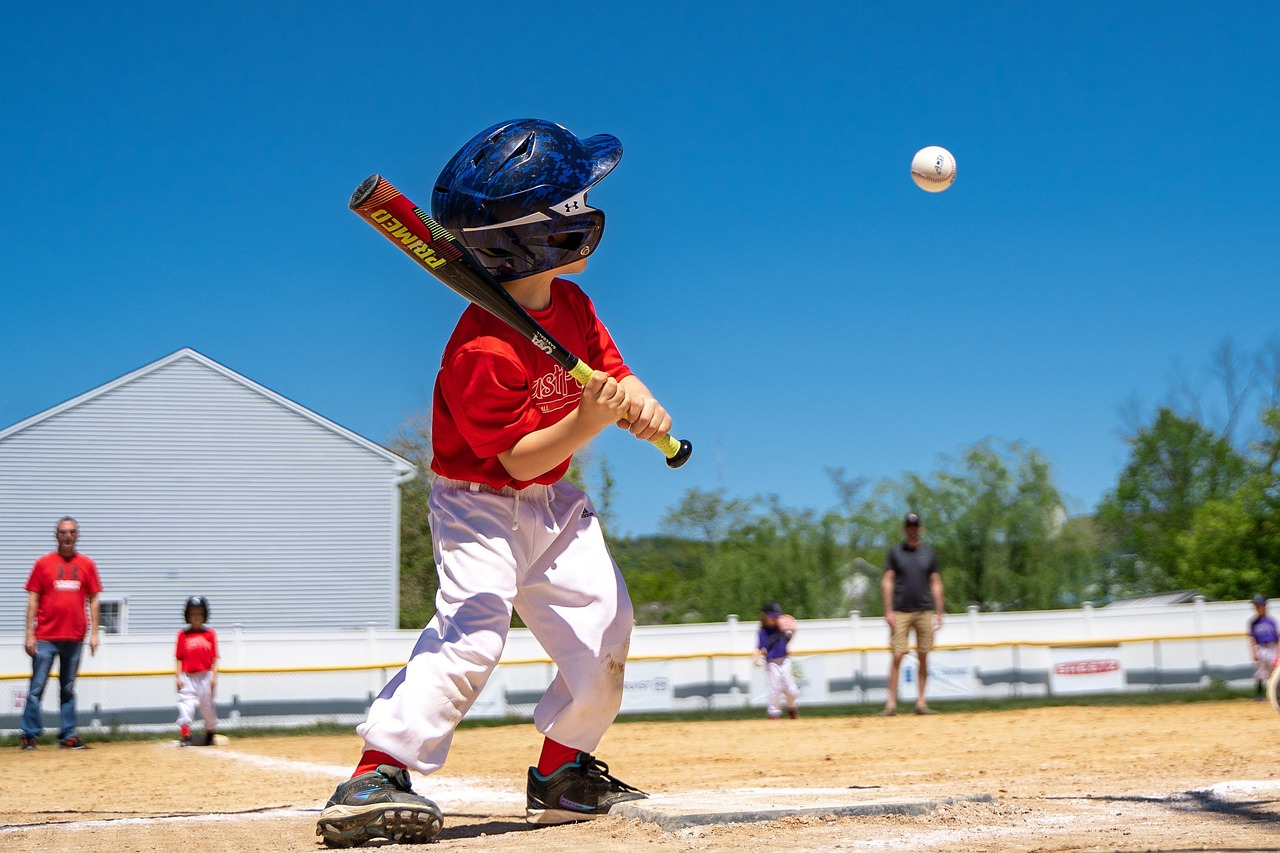
Comparing Home
Comparing Home Run Power in Amateur and Professional Leagues. The power demonstrated by Kansas City Royals players Jac Caglianone and Salvador Perez during a recent game highlights the vast gap in home run capabilities between professional and amateur baseball leagues. Caglianone’s Statcast-projected 466-foot home run, which cleared three separate walls at Kauffman Stadium, is a rare feat that underscores the advanced power metrics typical of professional players. In amateur leagues, home runs rarely exceed 350 feet due to differences in player strength, pitching velocity, and bat technology. For context, Caglianone’s 466-foot blast ranks as the fourth-longest by a Royal since Statcast tracking began in 2015 and is tied for the 10th-longest at Kauffman Stadium overall, metrics far beyond the reach of most amateur players. This stark contrast illustrates how professional athletes leverage superior physical conditioning, refined swing mechanics, and advanced equipment to achieve extraordinary power outputs.
Batting Performance
Batting Performance Metrics in Rookie Versus Experienced Players. Jac Caglianone’s early-season batting statistics (.148/.203/.261 before his recent home runs) reflect the typical adjustment period rookies experience when transitioning to professional pitching. These on-base plus slugging (OPS) metrics are significantly lower than those of seasoned professionals like Salvador Perez, who not only delivered two clutch home runs in the same game but also maintains more consistent offensive production. In amateur leagues, batting averages and slugging percentages tend to vary widely, often influenced by inconsistent pitching quality and less disciplined defensive play. However, the rigor of professional pitching, combined with advanced scouting and video analysis, demands continuous improvement, as evidenced by Caglianone’s recent power surge signaling his adaptation. Such statistical progression is less observable in amateur leagues where training resources and competitive pressure are limited.
Impact Home
Impact of Home Run Distances on Game Outcomes in Pro Baseball. The combined 1, 336 feet of home runs hit by Caglianone and Perez in a single game directly contributed to the Royals’ 4-3 victory and series sweep over the Pirates, demonstrating how long-distance homers can decisively shift game momentum in professional baseball. In contrast, amateur games rarely hinge on such powerful offensive displays due to shorter home runs and fewer run-producing hits. According to Statcast data, home runs exceeding 450 feet occur in less than 1 percent of professional games, making Caglianone’s 466-foot homer an exceptional event. This level of power hitting often forces opposing teams to alter pitching strategies and defensive positioning, a dynamic less prevalent in amateur play where power hitting is less consistent and impactful.
Stadium Factors
Stadium Factors Affecting Home Run Distances in Professional Play. Kauffman Stadium’s unique architecture, including multiple walls and the QuikTrip banner below the CrownVision scoreboard, serves as a real-world variable influencing home run distances and ball trajectories. Caglianone’s three-wall clearing homer is notable not only for the raw distance but also for navigating these physical barriers, a factor rarely replicated in amateur fields that typically have uniform fence heights and simpler layouts. Official Statcast measurements since 2015 show that the stadium’s dimensions allow for some of the longest home runs in the league, with Brandon Moss’s 474-foot blast in 2017 holding the Royals’ record and Aaron Judge’s 469-foot homer in June 2024 ranking just above Caglianone’s effort. These data points emphasize how professional ballparks, combined with elite player skill, contribute to significant home run achievements that remain out of reach for most amateur players.

Statistical Benchmarks
Statistical Benchmarks Illustrating Pro Player Power Development. Tracking the progression of rookies like Jac Caglianone provides valuable insight into power development at the professional level. His leap from a .148 batting average to hitting back-to – back home runs with a combined distance exceeding 900 feet in two games is quantifiable evidence of rapid adaptation. According to MLB’s Statcast, rookie home runs over 450 feet are extremely rare, placing Caglianone’s 466-foot shot in the top percentile among his peers. This contrasts sharply with amateur players, whose home run distances average below 350 feet, and who typically lack access to biomechanical analysis and strength conditioning programs that drive such improvements. The Royals’ use of advanced metrics to monitor player performance exemplifies how professional leagues harness data-driven approaches to cultivate power hitters capable of game-changing performances.

Leadership Experience
Leadership and Experience Influence on Professional Player Production. Salvador Perez’s role as the Royals’ captain and his two clutch home runs in the same game highlight the importance of veteran presence in professional baseball. Perez’s combined impact with Caglianone’s emerging power underscores how leadership and experience translate into consistent offensive output under pressure. In amateur leagues, leadership roles are less formalized and often lack the same influence on player development and in-game decision-making. Perez’s ability to break a 3-3 tie with a critical eighth-inning homer exemplifies the clutch performance expected from seasoned professionals, supported by years of high-level competition and mental toughness training. This contrasts with amateur players who may not have the same exposure to high-stakes situations or the psychological preparation required to excel consistently.

Rookie Adjustment
Rookie Adjustment Periods Evidenced by Batting Slashes and Power Surges. Analyzing Jac Caglianone’s early struggles with a .148/.203/.261 slash line before his recent power surge illustrates a common rookie adjustment curve in professional baseball. The slash line, representing batting average/on-base percentage/slugging percentage, is significantly below league averages for established players, indicating the difficulty of transitioning to major league pitching. His back-to – back home runs suggest a breakthrough in timing and confidence, supported by Statcast metrics placing his 466-foot blast among the longest by a rookie since
2015. Amateur players typically do not face such steep learning curves due to lower overall skill levels, but they also rarely demonstrate such rapid improvement quantified by advanced statistics. This data-driven perspective highlights the precision with which professional teams monitor and support player development.

Summary Home
Summary of Home Run Distance Benchmarks in MLB Since Statcast. Since Statcast tracking began in 2015, home run distances have provided a clear quantitative benchmark for evaluating player power. Caglianone’s 466-foot home run ranks as the longest by a Royals rookie and the fourth-longest by any Royal player, just eight feet shy of the franchise record and three feet short of the longest homer hit at Kauffman Stadium in
2024. This level of power hitting is a defining characteristic of professional baseball, supported by comprehensive data collection and analysis. In contrast, amateur players seldom approach these distances, primarily due to physical and technical limitations. The availability of Statcast data allows teams and analysts to make precise comparisons and track player progress, a resource unavailable at the amateur level. These benchmarks underscore the significant gulf between amateur and professional power hitting capabilities.




7bfzmn